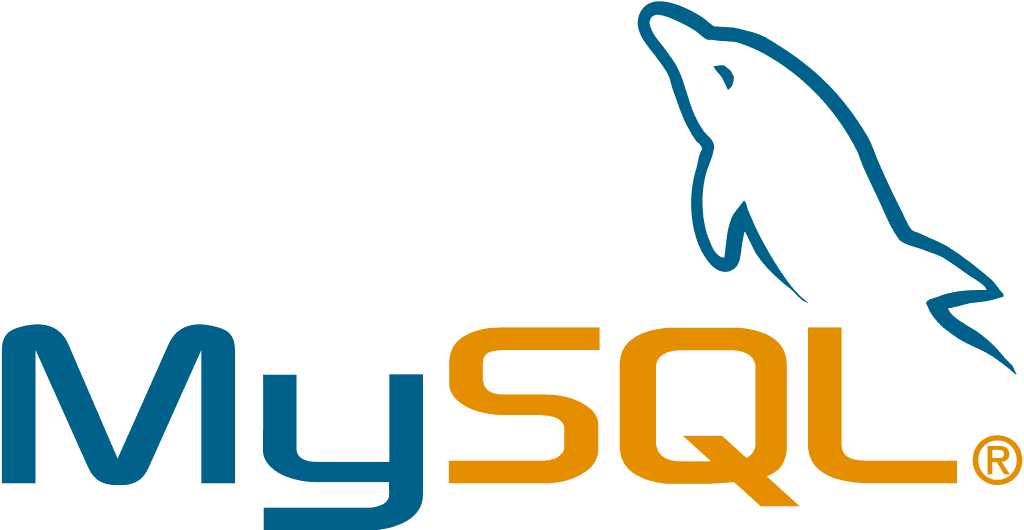khan Waseem
Fri Jan 27 2023
-3 min read
What is MySQL?

MySQL is a widely used, open-source relational database management system (RDBMS) that is known for its fast performance, reliability, and ease of use. It is developed, distributed and supported by Oracle Corporation. MySQL uses a relational model to organize data into tables, which can be related to one another through foreign keys. The data in tables is stored in rows and columns, similar to a spreadsheet.
MySQL uses SQL (Structured Query Language) to query and manipulate data. SQL is a standard programming language used for managing and manipulating relational databases. It is used to insert, update, retrieve and delete data from a database. MySQL provides a wide variety of SQL commands for performing these operations.
MySQL supports a wide variety of data types, including text, numbers, and dates. This allows for the storage of a wide range of information, from small strings of text to large binary objects. Additionally, MySQL supports a wide variety of character sets, including UTF-8, making it easy to store and process data in multiple languages.
MySQL also provides built-in support for transactions, which allow multiple SQL statements to be executed as a single, atomic unit. This ensures that data remains consistent and accurate even in the event of a system failure. In addition to this MySQL also supports stored procedures and views, which allow for the encapsulation of complex logic and the creation of reusable code.
One of the most common uses of MySQL is to store and retrieve data for websites and web applications. For example, a e-commerce website might use MySQL to store customer information, product details, and order information. A social media website might use MySQL to store user profiles, posts, and comments.
MySQL can also be used to store and manage data for other types of software systems, such as enterprise resource planning (ERP) systems, customer relationship management (CRM) systems, and inventory management systems.
MySQL can be used with a variety of programming languages and frameworks, such as PHP, Python, and Java. This allows developers to easily integrate MySQL into their applications and take advantage of its powerful features. MySQL is particularly popular for web-based applications, and is a key component of the LAMP (Linux, Apache, MySQL, and PHP/Python/Perl) stack.
MySQL also provides many useful features like replication, partitioning and clustering. MySQL Replication allows multiple copies of a database to be maintained on different servers, which can be used for load balancing, failover, and reporting purposes. Partitioning allows large tables to be divided into smaller, more manageable pieces, which can improve query performance. Clustering allows multiple servers to work together to provide high availability and scalability.
Here is an example of a simple SQL query that can be used to retrieve data from a MySQL database:
SELECT * FROM customers WHERE last_name = 'Smith';
Code language: JavaScript (javascript)This query will select all columns (*) from the “customers” table where the last_name is ‘Smith’.
Another example is creating table:
CREATE TABLE employees (
employee_id INT PRIMARY KEY,
first_name VARCHAR(255),
last_name VARCHAR(255),
salary DECIMAL(10,2)
);
This query will create a table named “employees” with 4 columns, “employee_id”, “first_name”, “last_name”, “salary” and “employee_id” is primary key.
In conclusion, MySQL is a powerful and versatile RDBMS that is widely used in a variety of applications. Its support for SQL, its wide range of data types, and its built-in support for transactions, stored procedures and views make it a popular choice for developers. The ability to use it with a variety of programming languages and frameworks, and its popularity in web-based applications make it a key component of many modern software systems.